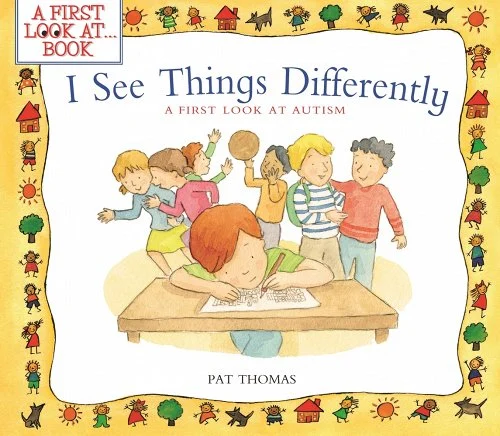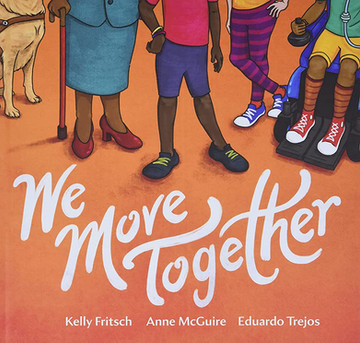The list below, compiled by our Equity & Inclusion Committee of parents and staff members, is split into Early Childhood, Young Readers and Older Kids/Young Adult. There are a wide range of books designed to teach children to be empathetic, inclusive, and accepting of all types of people.
Early Childhood
What Happened to You? by James Catchpole and Karen George
Talks about how disabled kids just want to be treated and played with like other kids, and do not want nosy questions!
Mama Zooms by Jane Cowen-Fletcher
About life with a disabled mother
My Travelin’ Eye by Jenny Sue Kostecki-Shaw
About a young girl whose lazy eye lets her see the world a special way
Can Bears Ski? by Raymond Antrobus and Polly Dunbar
About a deaf bear who can do many things!
I See Things Differently by Thomas Pat
A first glimpse at autism
Young Readers
We Move Together by Kelly Fritsch & Anne McGuire
A celebration of disability culture and community
Rescue & Jessica by Jessica Kensky
Based on a true story about a disabled woman and her service dog
How I Learn by Brenda Miles
Introduces the concept of learning disabilities and how it affects one boy at school
A Kids Book about Disabilities by Kristine Napper
A straightforward, simple explanation about disabilities
When Charley Met Emma by Amy Web
About a boy befriending a physically disabled girl
Awesomely Emma by Amy Web
About a girl with limb differences who uses a wheelchair
You are Enough by Margaret O’Hair
About inclusion and diversity, inspired by a real girl with Down’s Syndrome
The Girl Who Thought in Pictures: The Story of Dr. Temple Grandin by Julia Finley Mosca
A biography of autistic science Dr. Temple Grandin
I Talk Like a River by Jordan Scott
About a boy who speaks with a stutter learning to accept himself
All My Stripes by Shaina Rudolph
About a zebra with autism navigating the world
Older Kids/Young Adult
Rolling Hero: The Incredible, Sometimes Awkward, True Story of a Rebel Girl on Wheels Who Helped Spark a Revolution by Judith Heumann
The young adult version of disability advocate Judy Heumann’s autobiography
El Deafo by Cece Bell
A graphic memoir of a deaf girl
I am Not a Label by Cerrie Burnell
Biographies of disabled artists, advocates, and athletes
Not So Different by Shane Burcaw
An autobiography that answers many every day questions people have about living with a disability
The Reason I Jump by Naoki Higashida
A young adult/adult autobiography of a non-vocal autistic boy









































